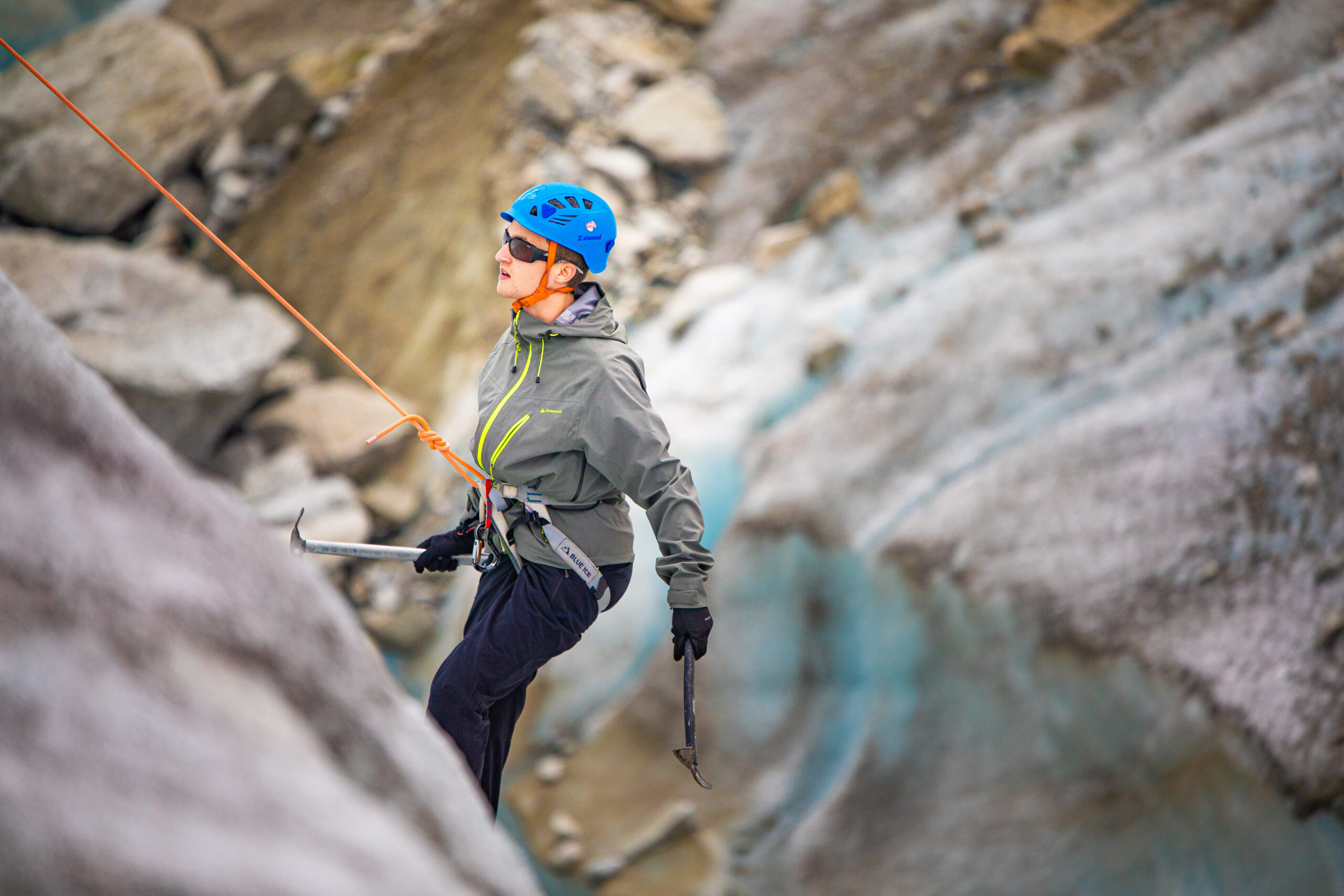Why definitions matter
Defining outdoor sports is not about drawing strict boundaries — it’s about understanding the essence of practices that connect people to nature. Over time, European countries have used many terms: sport de nature, plein air, Friluftsliv in the Nordic world, attività all’aria aperta in Italy, Deportes de naturaleza in Spain.
Some approaches highlight physical activity and health, others environmental awareness, while some focus on regulation and safety. This diversity reflects the richness of European culture, but it can also fragment policy, research, and funding. A shared understanding helps us speak with one voice while respecting local traditions.
Defining Outdoor Sports in a European Context
A European ethos of outdoor movement
Europe has a long tradition of access to landscapes — whether through the Nordic “right to roam” (allemannsretten), the Latin culture of plein air social life, or the Central European balance between recreation and conservation.
Outdoor sports here are not just about performance or competition; they are often about belonging, discovery, and stewardship.
Unlike some approaches elsewhere that may include highly motorised or heavily industrialised recreation, the European vision tends to value direct contact with natural elements, self-propelled movement, and a sense of responsibility toward shared spaces.
Regional traditions shaping the meaning of outdoor sports
Northern Europe (Nordic countries)
Traditions such as Friluftsliv emphasize simplicity, contemplation, and the legal right of free access to nature (allemannsretten). Outdoor activities are seen as a way of life, deeply rooted in seasonal rhythms and respect for the land.
Central Europe (Germany, Austria, Switzerland)
Terms such as Freiluftsport or Natursport underline responsibility, safety, and structured interaction with landscapes. Clubs and federations play a key role in preserving access and educating practitioners.
Southern Europe (France, Spain, Italy)
The legal category sports de nature or deportes en la naturaleza recognizes both the social and ecological dimensions of outdoor activities. There is a strong focus on education, tourism, and rural development.
Eastern Europe (Poland, Czech Republic, Hungary)
Traditions like Turystyka kwalifikowana, tramping, or természetjárás combine sport, culture, and discovery. They often highlight self-reliance, physical challenge, and close contact with landscapes that remain relatively wild.


The ENOS Definition of Outdoor Sports
ENOS builds on the Council of Europe’s definition of sport as a form of physical activity for well-being, relationships, and achievement. Over years of collaboration, ENOS members have shaped a specific definition of outdoor sports:
For ENOS, outdoor sports are activities…
- Rooted in nature and landscape, where participants interact primarily with natural elements rather than objects.
- Sometimes practiced on artificial structures, if these structures replicate natural conditions and maintain an “outdoor ethos.”
- Perceived as taking place in a natural setting — even when the area is only minimally modified by humans. (It does not have to be wild, only felt as natural.)
- Physically demanding, at least in part, requiring skill, effort, or movement.
- Powered by human effort or natural forces, not by motors during the activity itself.
- Using tools or equipment (skis, bicycles, surfboards) or simply the human body.
- Because these sports take place in natural settings, they foster a deeper connection with nature: not only physical interaction, but also emotional, cultural, and even spiritual dimensions — a sense of belonging to landscapes and ecosystems.
What about activities on the margins?
Some practices, like golf or alpine skiing, involve significant modifications to natural landscapes. They do not fully meet all criteria above, yet they engage people outdoors,contribute to local economies and cultural identity, and are part of the broader ecosystem of recreation.
ENOS includes these sports in its dialogue, while also encouraging sustainable management and innovation to reduce impacts. The definition is a guide, not a barrier — it helps clarify where outdoor sports sit in relation to nature, without excluding those who share our concerns.
Why this matters
A shared definition of outdoor sports:
- Guides policy and investment — ensuring outdoor sports are recognised as tools for health, education, and sustainability.
- Improves research and data — allowing comparisons across borders and disciplines.
- Strengthens partnerships — clarifying objectives when working with municipalities, conservation agencies, or tourism boards.
- Protects our ethos — by keeping the focus on respect for nature, human-powered movement, and authentic experiences.
ENOS and the living definition
This definition is soft by design — open to evolution as practices, landscapes, and cultures change.
Expert Groups within ENOS regularly review and refine it.
Research partnerships test it against new sports and participation trends.
Dialogue with European institutions keeps it aligned with wider policy goals.
Ultimately, this is less about drawing lines than about describing an identity: outdoor sports as a living expression of Europe’s relationship with its landscapes.
Do you have insights from your region, your sport, or your research?
ENOS invites members to contribute to the refinement of this definition through seminars, position papers, and collaborative projects.